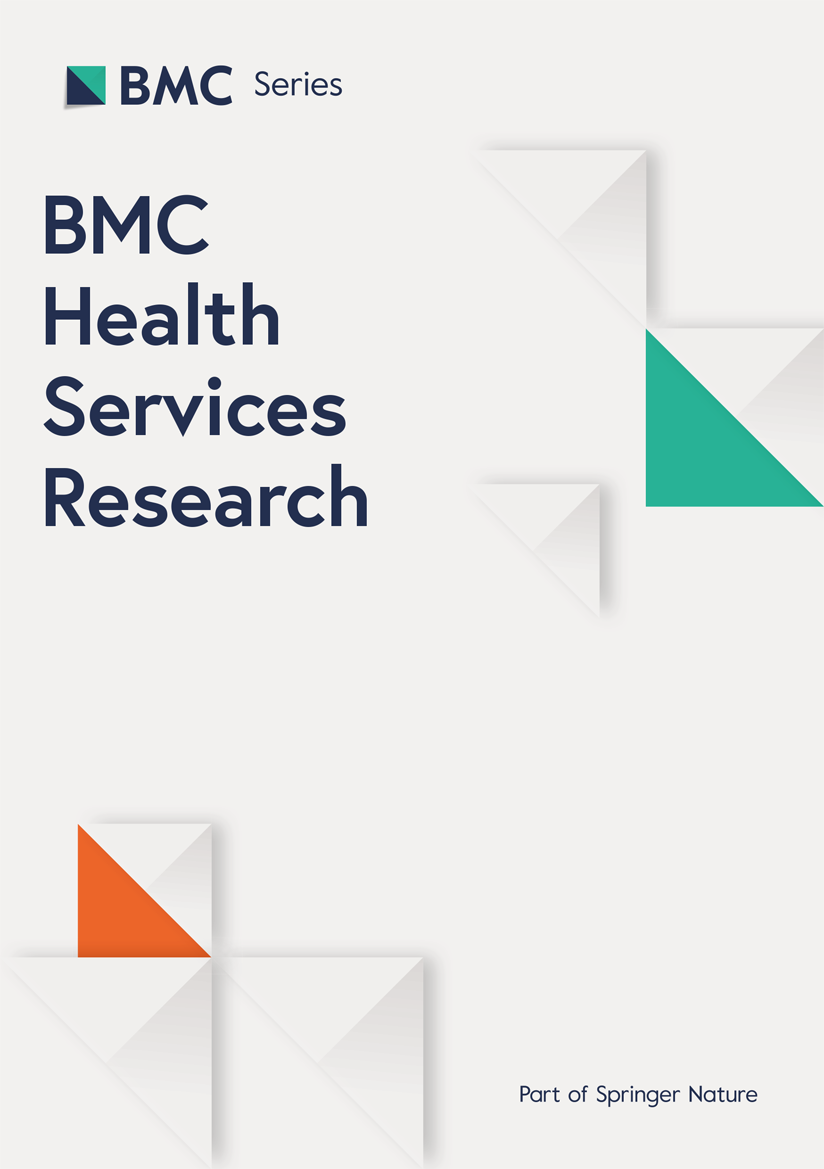Association of kidney function impairment with healthcare service utilisation in individuals with type 2 diabetes: an observational follow-up study in primary care | BMC Health Services Research

Main findings
In this study, based on a mean follow-up time of 5.6 years, a kidney function impairment of 25% or more was associated with increased primary healthcare service utilisation in terms of planned diabetes appointments, unplanned nurse appointments, other GP contacts and inpatient days in the healthcare centre. The association remained significant after adjusting for follow-up time, sex, age, bioclinical variables, comorbidities and renoprotective medication usage. Additional adjustment for sBP did not change the results, even though the effect estimates were slightly attenuated.
The increase in planned diabetes appointments and other GP contacts can be attributed to increased treatment and monitoring of kidney function by GPs, in line with national and international guidelines. However, the noted increase in unplanned nurse appointments and inpatient days was most likely not directly related to kidney function monitoring or treatment per se. This suggests that the comprehensive increase in healthcare service utilisation in the substantial kidney function impairment group cannot be fully explained by the expected measures taken by healthcare professionals. The increases in unplanned nurse appointments and inpatient days may be attributable to multiple factors, such as increases in related complications associated with kidney function impairment and the exacerbation of comorbid conditions. It is noteworthy that among individuals in the substantial kidney function impairment group, approximately 25% progressed to CKD stages 4–5 (data not shown). This decline may have led to a transition from primary health care to specialised care, such as nephrology. As our dataset includes only visits recorded in primary health care, this shift could partly explain why no increase in unplanned GP visits was observed. Consequently, the total number of health care contacts may be underestimated in our study. Overall, these findings aim to raise awareness of the broader implications that kidney function decline has on healthcare systems, particularly in light of the current economic pressures facing health services in many developed countries, including Finland.
The observed eGFR decline in the substantial kidney function impairment group is likely associated with older age, more combined comorbidities, being treated more often with long-acting or multiple daily injections of insulin, as well as having a higher average HbA1c, suggesting a more advanced T2D compared to those in the non-substantial kidney function impairment group. Surprisingly, individuals in the non-substantial kidney function impairment group experienced, on average, a lower than expected decline in eGFR (0.18 ml/min/1.73 m²/year), despite having higher blood pressure and more diabetes-related comorbidities than the substantial kidney function impairment group. Individuals in this group were more frequently treated with SGLT2i, but reciprocally less frequently with ACEi/ARB, both of which have been shown to slow down the progression of CKD [12, 13]. We speculate that this observed effect could be attributed to factors not captured in our data, such as duration and phenotype of T2D, younger age of the patients and the increased usage of SGLT2i in the group.
Previous studies
To the best of our knowledge, there are no previous studies on kidney function impairment and primary healthcare service utilisation. Most studies on costs or healthcare service utilisation related to CKD have been conducted mainly on the treatment of advanced CKD and ESRD in speciality clinics, or have explored healthcare service utilisation in different CKD stages [15,16,17,18, 21]. One recent cohort study examining the relationship of comorbidities in older individuals with T2D with primary healthcare service utilisation showed an increase in the utilisation of GP and nurse appointments with an increase in comorbidities, which included advanced CKD [22]. Another large cohort study in the UK showed that comorbidities (including CKD) and polypharmacy increased healthcare service utilisation [23]. Two studies found that T2D increased healthcare service utilisation compared to individuals without T2D, but they did not analyse the effects of CKD [24, 25]. A systematic review and meta-analysis done in 2020 found that more advanced CKD stages are significantly associated with increased healthcare costs, longer hospital stays and increased cardiovascular morbidity and mortality [26]. One large U.S. claims database study consisting of individuals with T2D and newly recognized CKD found increased health care service utilisation in several categories at more advanced CKD stages [21]. These results are in line with ours; however, the present study contributes additional insight by examining the association of primary health care service utilisation with kidney function impairment irrespective of prior kidney function status or CKD diagnosis, thereby capturing a broader and clinically relevant patient population in a real-world setting.
Primary and secondary prevention of CKD
Given the high prevalence of CKD in individuals with T2D, managing modifiable risk factors is fundamental for effective primary prevention. If unsuccessful, secondary prevention by further addressing modifiable risk factors and initiating renoprotective medication can significantly slow the progression of the disease and delay the development of ESDR by several years [12]. As demonstrated by our findings, preventing kidney function impairment through primary prevention or early intervention not only slows the progression of CKD but also reduces the burden of primary healthcare. The time point at which the data were collected (between November 1, 2011, and February 19, 2019) most likely explains the low levels of SGLT2i and GLP1 RA prescriptions because the effect of SGLT2i and GLP-1 RAs in the treatment of CKD was not yet fully acknowledged at the time, and the guidelines even discouraged the usage of the aforementioned medications in individuals with impaired kidney function [27]. This has since changed, with international guidelines recommending SGLT2i as the first-in-line therapy for CKD, along with ACEi/ATRb, with GLP-1 RAs the second-in-line therapy [12].
Primary healthcare service utilisation
When assessing healthcare service utilisation from a primary care standpoint, it should be noted that primary healthcare operates differently depending on the country in question. In Finland, GPs work in publicly funded healthcare centres, while in the UK, France, Norway and Denmark, GPs are self-employed [28]. This leads to differences in the management of individuals. In the Finnish healthcare system, the main responsibility for the screening, diagnosis and treatment of T2D and its complications lies in primary care. Individuals with advanced CKD (eGFR < 30 ml/min/1.73 m2) are referred to nephrology, while the treatment of T2D and other comorbidities, including earlier stage CKD, are managed in primary care. Finnish primary care treats individuals with multimorbidities and polypharmacy and individuals on multiple daily injections of insulin therapy, while in other countries, these individuals may be referred to speciality clinics. Finnish nurses manage appointments independently and consult GPs if necessary. Furthermore, having primary care inpatient wards is a special feature of the Finnish healthcare system and may correspond to hospital care in other countries. These differences in individual management should be taken into account when evaluating the applicability of these results to primary healthcare in other countries.
Strengths and weaknesses
The main strengths of this registry-based study are its inclusion of a large majority of T2D individuals, well-representing T2D individuals in the region, as well as the longitudinal follow-up design in a real-world primary care setting. The study data were obtained from the electronic health registry, which encompasses all available information on individuals in primary care, including all contacts by the individual to primary care. The samples from individuals were processed by the same laboratory, allowing the results to be compared without the risk of possible discrepancies. Data on individual smoking status or history, physical activity, socioeconomic status, medication purchase information (medication data was based on prescriptions) and mortality were not available for study, and these can be considered study limitations. Additionally, insufficient data on urine albumin measurements restricted their inclusion in this study. Despite the longitudinal study design, causality cannot be confirmed.
link






